To some people, the “Green New Deal” is the ultimate answer to troubling weather patterns.
Practical people with common sense, however, already know that laws aren’t capable of changing human behavior let alone the climate. Today, many of the people pushing for increased government control of how people live their lives are infuriated because President Trump reversed a rule from 2017 that would have stopped the sale of most incandescent bulbs in 2020. Let’s have a look at how useful incandescent bulbs really are and what they can be used for besides providing light.
Cooking
Chances are, you already know that incandescent bulbs give off a good bit of heat. Aside from that, you may also remember that the original Easy-Bake Ovens used a single light bulb to bake cakes. Although this toy may seem like a novelty, it is based on principles you can combine with solar cookers to meet a wider range of cooking needs.
I have long used 100-watt bulbs to provide low, slow heat for soups and stews, as well as for baking. Consider that:
- Most crockpots use between 70 (small crockpots) and 120 watts (large crockpots on low) per hour, all the way up to 250 watts.
- Coffee makers[i] burn up 200 watts to make a cup of coffee in about 10 minutes. A light bulb burner will take about ½ hour to 45 minutes to boil the water using a 100-watt bulb, so that’s about 50 – 75 watts).
- A toaster oven capable of baking starts out at around a whopping 1500 watts of electricity.
- As you can see, in comparison, the incandescent light bulb is far more efficient and cheaper than conventional cooking gadgets!
The trick to using light bulbs for cooking involves making sure the bulb container housing the bulb is properly insulated (it still needs some ventilation so the bulb doesn’t overheat) and has a good reflector. While some people say using DVDs is safe (I disagree, especially if the temp around the bulb is reaching into the hundreds of degrees), I prefer to use non-flammable glass mirrors or highly polished metal.
Heating
It should come as no surprise that you can also use incandescent light bulbs for heating. Once again, you can use reflectors to increase heat build-up, and then use different ways to disburse the heat. Here are some things you might want to try:
- House the bulb in a chick brooder[2]
- Use clay pots and metal center as you would for a candle heater[3]. Depending on how you design this heater, you may also be able to generate enough heat to boil water or cook. Just remember that heat is like any other commodity – if it goes into raising the temperature of the food, there will be less to heat up the room or a small area of it.
- Create a light bulb burner similar to what you would use for cooking, and then add a fan to improve airflow.
When it comes to low tech methods for providing heat, always remember that you will have to combine them with other means of retaining and optimizing whatever heat is available. As with candle heaters and other devices, you may not be able to heat an entire room, especially if the temperatures are very low.
It is very important to combine passive heating methods so that you can get the most out of an incandescent bulb for heating. This includes making sure that the walls of the room you will use it in are well insulated, and sealing off air leaks around doors and windows.
Power Generation
Over the years, I have written many times about how to generate power with a focus on small scale options. A number of devices I have worked on start off by generating steam, which can then be used to operate a turbine, which then goes on to spin magnet that induces electrical flow in a coil.
Once you can generate enough heat to boil water, you can make electricity. It is true that you cannot generate enough electricity to power a 100-watt bulb using just one light bulb. On the other hand, when you generate power as a side function to cooking, providing light, or providing heat, then you can look at even small amounts of electricity as something useful.
Aside from boiling water to generate steam, rubber band heat engines[4] can also be of use. Although these devices aren’t as efficient as a Stirling engine, an aeolipile, or a small scale steam turbine, you can still use them as a beginning point in your efforts to generate enough electricity to power batteries and small devices.
Finally, once you can generate even small amounts of heat, it may be worth your while to look into thermocouple materials. Basically, one side of the device is heated, which causes the current to flow to the colder side. You can make thermocouple bases from materials as simple as copper and iron.
Plant Holder
While incandescent light bulbs have much to offer in terms of achieving energy efficiency, most will burn out after around 900 hours of use. Once they burn out, there is no way to make them function once again as light bulbs. You can still use them for other purposes.
At first glance, it may not make much sense to put plants in a light bulb. Even if you are very careful when watering, there will come a time when the plant needs to be repotted. If you have a hard time repotting a plant in a simple wide-mouthed pot, rest assured you will not have a good time trying to remove a complete root system that has grown down into a light bulb.
Using light bulbs for the short term, growing, may make more sense. Here are some plants you can easily grow in light bulbs:
- Tillandsia, or air plants. These fascinating plants take almost all of their nutrients from the air. As such, you can plant them in a light bulb, and never have to worry about repotting them. You can also use these plants to help remove dust from the air. Since they are small plants, they won’t produce much oxygen. That being said, it is not that difficult to up an entire wall of light bulbs that can hold these plants.
- Herb cuttings. Even though herbs do best in soil, they can also be rooted and re-rooted in water. Once again, you can make a simple vertical garden that extends up the interior walls of your home and simply houses the plants in light bulbs.
In order to use incandescent bulbs for planters, you will have to take out the inner parts of the bulb[5]. Once this is done, you can fit the bulbs into a support system and begin using them to grow plants.
Plain Sight Hiding
There is no question that our society is getting crazier by the minute. We are living in times when criminals and illegal immigrants are seen as upstanding people, while gun owners and law enforcement personnel are seen as terrorists.
When society inverts to this extent, theft, rape, and burglary are bound to skyrocket because those can deter or stop crime are prevented from doing so. Right now the average house break-in takes well under 10 minutes. As things get worse, criminals may feel like they can take more time to look around in order to find more valuable items.
Hiding things in plain sight is one of the best ways to protect valuables that could be taken from safes or other items that might be high in a looter’s priority list.
To use the bulbs effectively here are some things to consider:
- Put only one item in each bulb.
- Do not use more than 1 bulb per location to hold valuables.
- Include some location arrays with no valuables in the group.
- Do some research on patterns that cause the eye to skip over things or make it harder to focus on the bulbs one at a time. You can use these patterns to hide the bulb with valuables a bit more easily.
- Make sure nothing about the bulbs with valuables is distinguishable from other bulbs in the array.
- Never create a system that can be used to determine which other bulbs in the building may be housing valuables.
- If you decide to set up a “fake” light socket, do not forget to make a convincing power cord attached to a fake power socket. You’d be amazed at what criminals and any cameras they bring along might pick up. Remember, those inclined to steal can and will return, especially if their first venture was aimed more at information gathering.
As you can see, incandescent light bulbs can be used for many things while they are still functional as well as when they burn out. When compared to CFLs and LEDs that do not generate heat, contain dangerous poisons, and are expensive, it is easy to see why old fashioned light bulbs are, perhaps, the better option for anyone that wants low tech, easy to implement survival and green solutions.
Resources
[1] http://energyusecalculator.com/calculate_electrical_usage.htm
[2] https://richsoil.com/electric-heat.jsp
[3] https://www.survivopedia.com/diy-candle-heater/
[4] https://www.survivopedia.com/this-is-how-to-build-a-rubber-band-engine/
[5] http://www.teamdroid.com/diy-hollow-out-a-light-bulb/


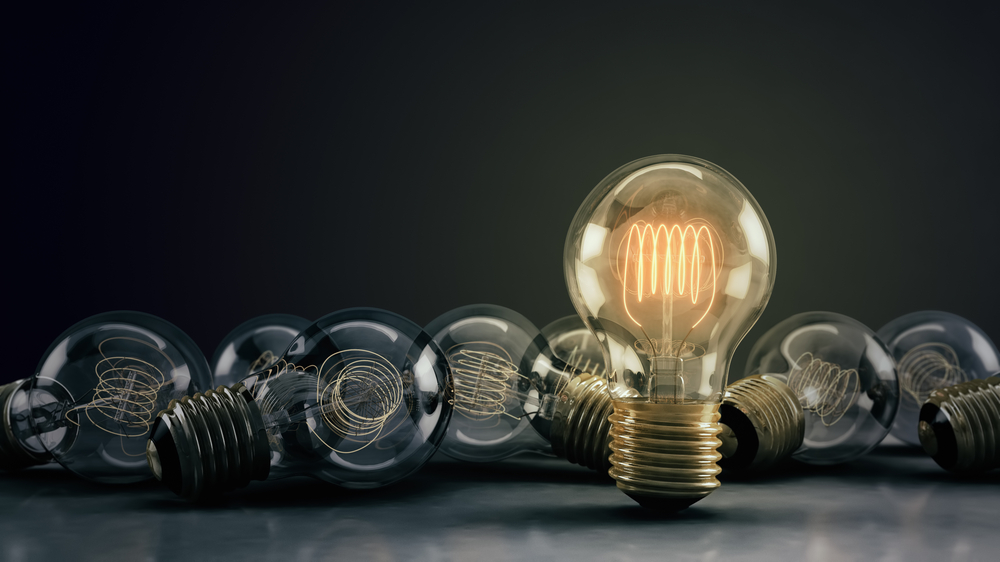

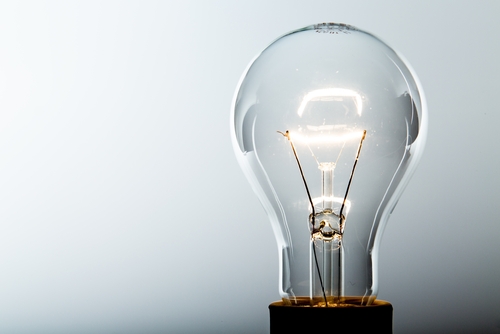
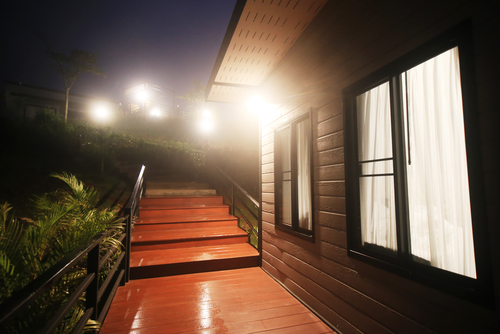
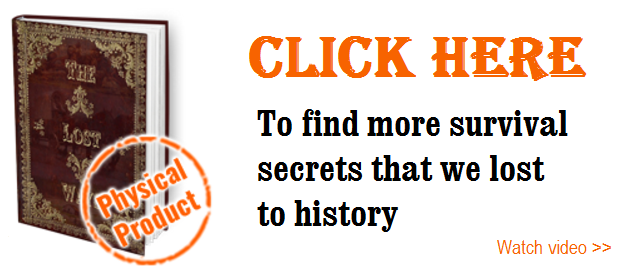
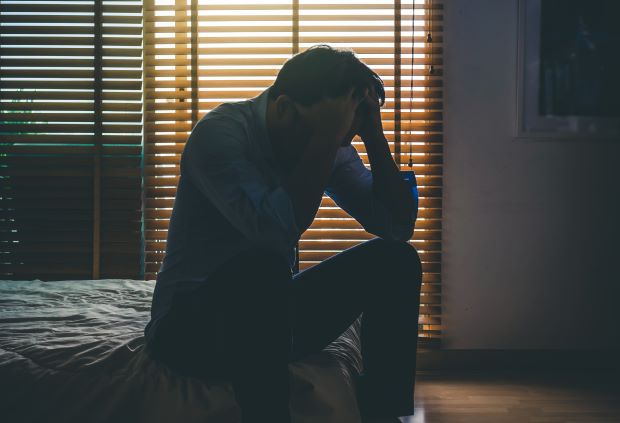
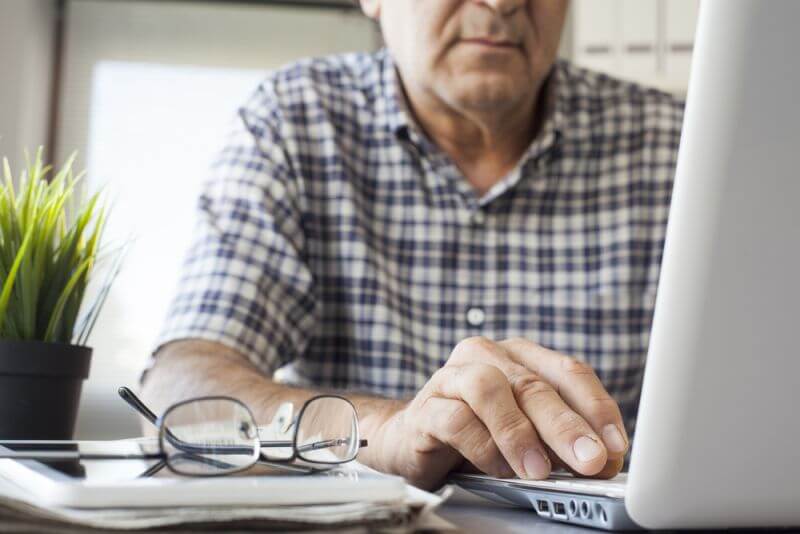

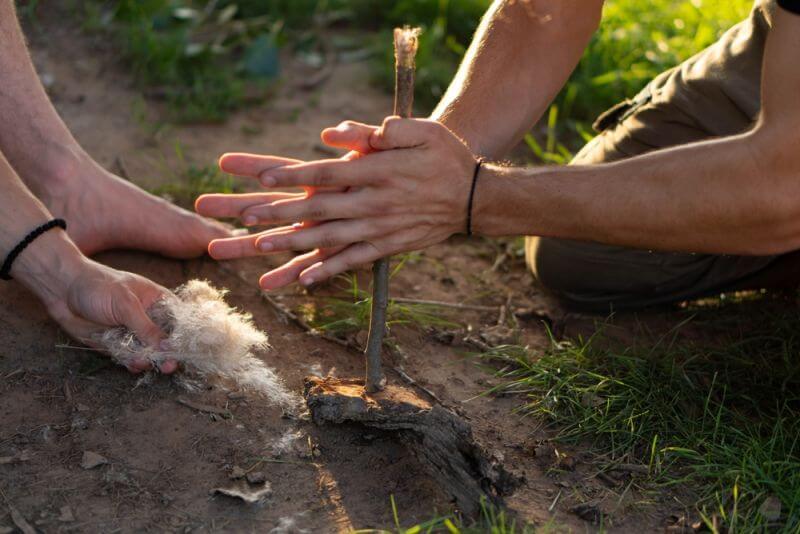

LAS | August 27, 2020
|
You failed to mention that incandescent bulbs would survive and EMP attack and still work. CFLs and LEDs, which depend on solid-state electronics built into their bases, could very possibly be fried and non-functional after an EMP pulse hits them. That is why I keep old fashioned incandescent bulbs in storage with the rest of my prepper supplies.
Colleen Gallagher | August 27, 2020
|
We use them under the house in the crawlspace near the water pipes.
Until we put an incandescent light right by the water pipes (near the outer wall) we would occasionally get a pipe freezing incedent.
We only use them during the worst part of winter. So we scrambled to buy some when they were being phased out.
Lee Miller | August 27, 2020
|
Loved this article about the incandescent light bulb. We raise rabbits and in winter we use the light bulbs to keep water from freezing and also to shine over a new littler of bunnies to help keep them warm. Our problem is that it is becoming increasingly difficult to find these bulbs in any kind of bulk and when we do they are more expensive than the newer no heat type bulbs.
Kevin | August 27, 2020
|
Another use is, if you have a water well, to put one or two high-wattage bulbs in your pump house. While it won’t give you hot water, it can usually prevent you pump and tank from freezing in winter.
I do that in my pump house, and switch on the light any time I expect temps to drop below 35 Farenheit.
Bill In Idaho | August 28, 2020
|
We MUST observe the Laws of Physics on this one. At 120 Volts AC, an Incandescent light bulb (designed for 120 VAC) produces about 75 % light and 25 % infrared heat. To use this Same light bulb for heat – do the following: Connect Two (2) sockets in Series (End to end) which results in 60 Volts AC applied to Each light bulb. The Result is – 65 to 75 % heat (sometimes 80%) and the remaining 20-25 % light. Plus the light bulb will burn for years – 10 to 20 times longer. I have been doing this for 30 years.
Danny | October 17, 2021
|
Could I get a diagram or picture , sounds really good .